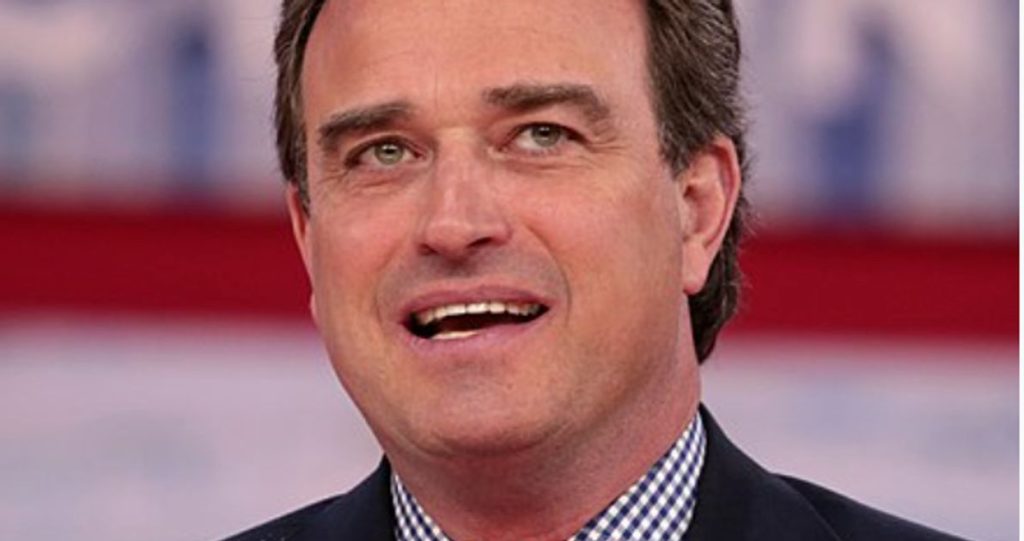HuffPost is committed to providing high-quality, freely accessible journalism to everyone, regardless of their ability to pay for expensive news subscriptions. They believe that a free press is essential for creating well-informed voters, especially during important events such as the 2024 presidential election. Despite the costs associated with producing news, HuffPost has never put their stories behind a paywall and relies on reader contributions to keep their journalism free for all.
As Americans head to the polls in 2024, HuffPost’s journalists will continue to cover the presidential race and provide hard-hitting investigations, well-researched analysis, and timely takes on critical issues facing the country. They acknowledge the responsibility of reporting in the current political climate and are grateful for the support of their readers. By contributing as little as $2, readers can help HuffPost maintain their commitment to providing free, high-quality journalism to everyone.
Readers who are unable to donate can support HuffPost by creating a free account and logging in while they read. HuffPost recognizes the importance of having a well-informed electorate and is dedicated to keeping their journalism accessible to all, even as other news outlets retreat behind expensive paywalls. They encourage their readers to join them in their quest to provide news that is deeply reported, carefully fact-checked, and freely available to everyone.
HuffPost expresses their gratitude to readers who have supported them in the past and invites them to become regular contributors to help sustain their journalism. The stakes are high in 2024, and continued support is needed to ensure that HuffPost can continue providing essential coverage of the presidential election and other important issues. Whether readers can donate as little as $2 or simply create a free account to access their content, every contribution makes a difference in keeping HuffPost’s journalism free for everyone.
In a challenging and rapidly changing media landscape, HuffPost remains dedicated to providing trustworthy news that is accessible to all readers. Their commitment to keeping their journalism free is evident in their plea for reader support and contributions. By working together with their audience, HuffPost hopes to continue delivering impactful reporting, investigations, and analysis that inform and empower readers during the pivotal events of the 2024 presidential election.















